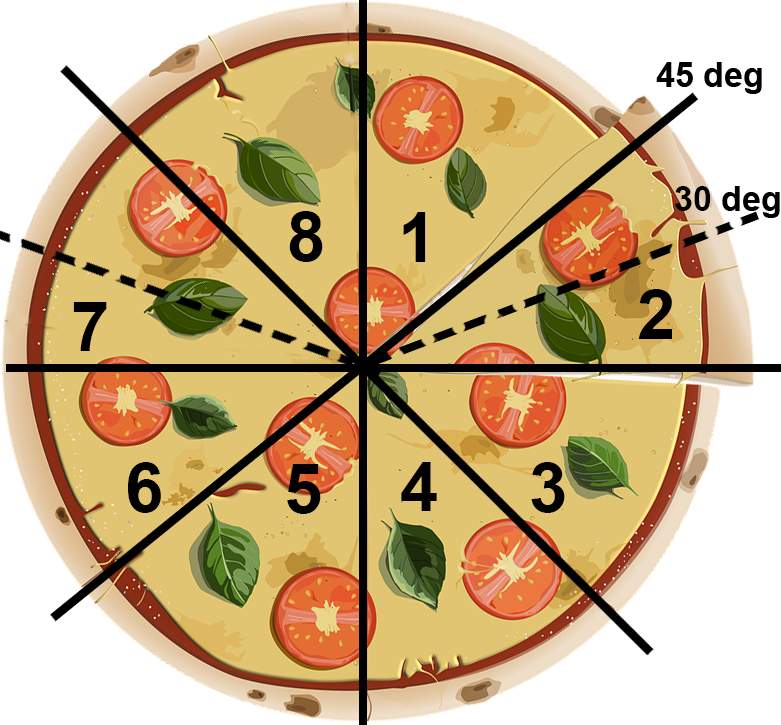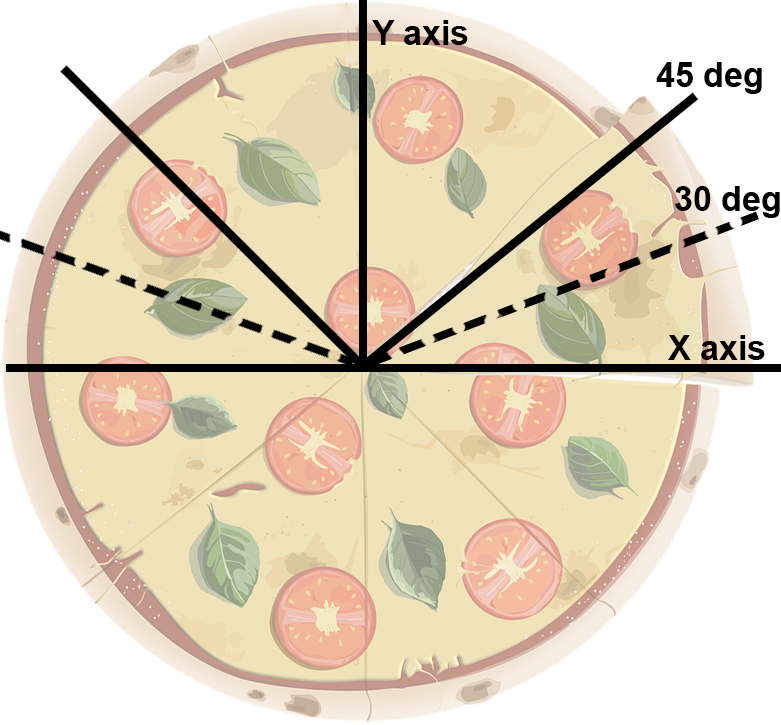ASSESSMENT: AS91063
ACHIEVEMENT STANDARD: nzqa.govt.nz/ncea/AS91063
NZ CURRICULUM AREA: Design and Visual Communication 1.30
CREDITS: 3 External - (Drawings sent to NZQA for independent marking)
ASSESSMENT TITLE: Produce freehand sketches that communicate design ideas
ASSESSMENT BRIEF: Design a project for AS91880 & draw your ideas for this assessment
DESCRIPTION: Draw 2D & 3D plans, elevations, sections, interior + exterior perspectives, isometrics, exploded & detail drawings that explain the design elements & ideas of your project
NZQA CLASRIFICATIONS: nzqa.govt.nz/ncea/graphics-dvc/use-of-computer-software
TKI: seniorsecondary.tki.org.nz/Technology/Achievement-objectives/AS91063
ASSESSMENT EXEMPLARS: nzqa.govt.nz/ncea/graphics-dvc/external-exemplars
ASSESSMENT SCHEDULE: nzqa.govt.nz/ncea-schedules/91063.pdf
ACHIEVEMENT STANDARD: nzqa.govt.nz/ncea/AS91063
NZ CURRICULUM AREA: Design and Visual Communication 1.30
CREDITS: 3 External - (Drawings sent to NZQA for independent marking)
ASSESSMENT TITLE: Produce freehand sketches that communicate design ideas
ASSESSMENT BRIEF: Design a project for AS91880 & draw your ideas for this assessment
DESCRIPTION: Draw 2D & 3D plans, elevations, sections, interior + exterior perspectives, isometrics, exploded & detail drawings that explain the design elements & ideas of your project
NZQA CLASRIFICATIONS: nzqa.govt.nz/ncea/graphics-dvc/use-of-computer-software
TKI: seniorsecondary.tki.org.nz/Technology/Achievement-objectives/AS91063
ASSESSMENT EXEMPLARS: nzqa.govt.nz/ncea/graphics-dvc/external-exemplars
ASSESSMENT SCHEDULE: nzqa.govt.nz/ncea-schedules/91063.pdf
CONTEXT
Learners determine their own project that develop solutions to needs + opportunities by visualizing their ideas using a wide variety of drawings, 2D, 3D + coding digital technologies informed by ‘intervention by design’ creative thinking. To demonstrate their final project idea, learners will document their project with 'hand drawn content + annotated notes only' .
Throughout their project, 'learners will develop broad technological knowledge that will equip them to participate in society as informed citizens & provide a platform for future digital technology related education and careers' NZC
Throughout their project, 'learners will develop broad technological knowledge that will equip them to participate in society as informed citizens & provide a platform for future digital technology related education and careers' NZC
EXPLANITORY NOTES
- Candidates will be required to demonstrate that they can produce freehand sketches that explore & communicate design ideas & visually convey how they have generated & developed design ideas in response to a design brief.
- There must be some indication included that identifies the design topic or context, eg: design brief statement
- Students should select only the material that represents their best work for inclusion in their submission
- Both 2D & 3D isometric, perspective, oblique & planometric freehand sketching techniques must be used
- Sketching techniques include the use of crating (boxing), line hierarchy (thick & thin lines) & rendering (pencil shading)
- Use of different media to enhance shape & form (colour pencils, crayons, colour markers, paint, water colour paint)
- Freehand sketches must be created without the use of instruments (ruler or compass) or any electronic digital technologies
- Original copies must be presented for assessment - no photocopies
- A candidate's drawing portfolio should not exceed 10 (A3) pages
- A candidate’s level of performance will be based on the way the candidate communicates the design ideas.
- There must be some indication included that identifies the design topic or context, eg: design brief statement
- Students should select only the material that represents their best work for inclusion in their submission
- Both 2D & 3D isometric, perspective, oblique & planometric freehand sketching techniques must be used
- Sketching techniques include the use of crating (boxing), line hierarchy (thick & thin lines) & rendering (pencil shading)
- Use of different media to enhance shape & form (colour pencils, crayons, colour markers, paint, water colour paint)
- Freehand sketches must be created without the use of instruments (ruler or compass) or any electronic digital technologies
- Original copies must be presented for assessment - no photocopies
- A candidate's drawing portfolio should not exceed 10 (A3) pages
- A candidate’s level of performance will be based on the way the candidate communicates the design ideas.
ACHIEVED - MERIT - EXCELLENCE
Freehand draw & render your design ideas by considering the assessment requirements of Achieved, Merit or Excellence
ACHIEVED
Produce freehand sketches that communicate design ideas involves:
- Using freehand sketches to describe design features
- Describing includes but is not limited to showing form, shape & function
- Describing includes but is not limited to showing form, shape & function
MERIT
Produce freehand sketches that CLEARLY communicate design ideas involves:
- Creating freehand sketches that describe design features in proportion
- Showing detailed information about design features
- Detailed information typically includes but is not limited to details of construction, structure, function & aesthetics
- Showing detailed information about design features
- Detailed information typically includes but is not limited to details of construction, structure, function & aesthetics
EXCELLENCE
Produce freehand sketches that EFFECTIVELY communicate design ideas involves:
- Showing in-depth information about the intent of the design features.
- In-depth information refers to a body of related sketches that include but are not limited to exploded, sectional & sequential views that explain design features
- In-depth information refers to a body of related sketches that include but are not limited to exploded, sectional & sequential views that explain design features
DRAWING TECHNIQUES
Freehand draw & render your design ideas using these 2D & 3D techniques
2 + 3 DIMENSIONAL DRAWINGS
Draw plans (top view), elevations (side views), cross sections (cut through views) & 3D (isometric) views of your design idea.
This is an example of plans, elevations, sections & isometric drawings by architect Andrew Bruno who designed & sketched
'one house per day' in 2020 designboom.com/architecture/andrew-bruno-one-house-per-day-sketch-series
This is an example of plans, elevations, sections & isometric drawings by architect Andrew Bruno who designed & sketched
'one house per day' in 2020 designboom.com/architecture/andrew-bruno-one-house-per-day-sketch-series
ISOMERTIC DRAWING - 30 degree view
Draw isometric (30 degree) views of your design ideas. Practice your understanding of isometric using this online drawing tool.
One way of drawing a 30 degree angle is the pizza method. Draw a circle with the X & Y axis, then the 45 degree lines as if you were cutting a pizza into 8 slices. The 30 degree lines would be approx half way between slices 2 + 7.
One way of drawing a 30 degree angle is the pizza method. Draw a circle with the X & Y axis, then the 45 degree lines as if you were cutting a pizza into 8 slices. The 30 degree lines would be approx half way between slices 2 + 7.
|
|
|
|
|
|
OBLIQUE + PLANOMETRIC DRAWING - 45 degree view
Draw oblique & planometric (45 degree) views of your design ideas.
|
|
|
1 & 2 POINT PERSPECTIVE DRAWING
Draw 1 & 2 point perspective views of your design if your doing an architecture project
|
|
|
|
|
|
RENDERING & SHADING DRAWING TECHNIQUES
Hatching 1:43. Cross Hatching 2:58. Scribbled lines 3.38. Stippling 4:23. Circling 5:30. Blending 7:10. Rendering 9:02
digital.school.nz by Marc Williams ©2023 email



